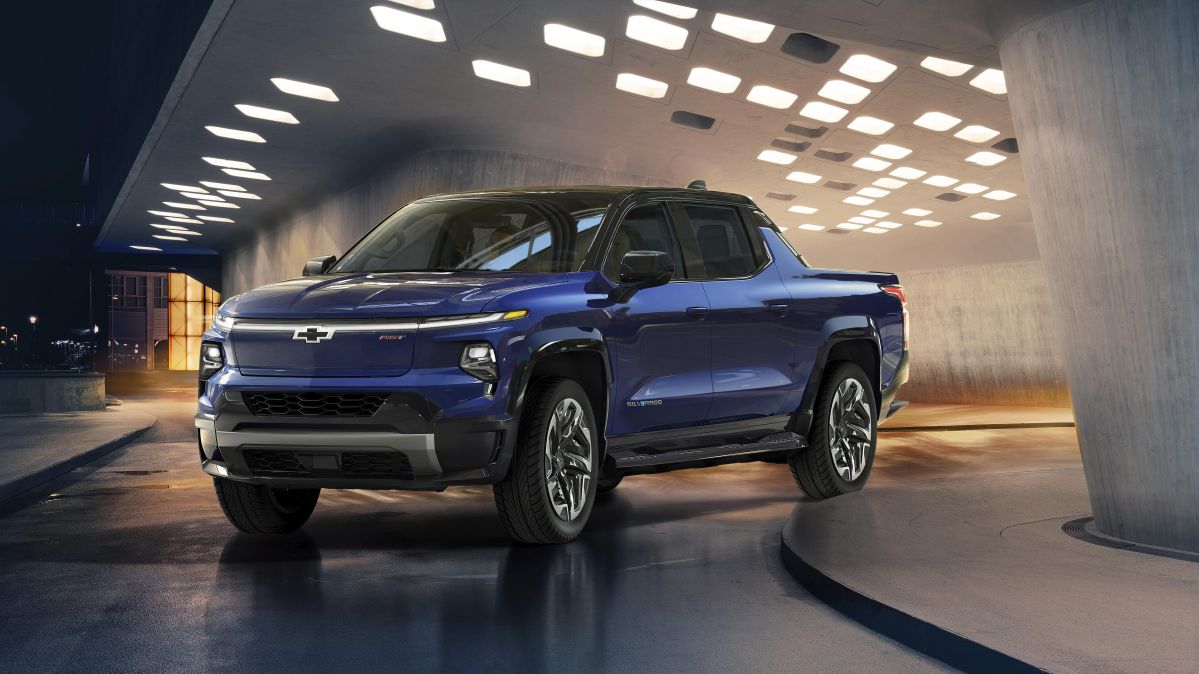The National Highway Traffic Safety Administration (NHTSA) released its list of 37 vehicles selected for model year 2025 testing under the New Car Assessment Program (NCAP). These vehicles will undergo comprehensive safety evaluations, including crash tests and assessments of advanced driver assistance systems (ADAS), providing crucial safety information to consumers.
Of the vehicles selected, eight are electric and hybrid models. The list represents approximately 87% of the new vehicle fleet, aiming to help consumers make informed decisions based on safety ratings. Testing will involve a variety of crash scenarios, including frontal, side and rollover tests, with results being made available on NHTSA.gov and through vehicle window stickers.
“NHTSA is committed to providing the public with the most reliable and up-to-date safety information so they can choose the vehicle that’s right for them,” said NHTSA Deputy Administrator Sophie Shulman. She added the 5-Star Safety Ratings program incentivizes automakers to integrate advanced safety technologies, contributing to the agency’s goal of reducing injuries and fatalities on U.S. roads.
In addition to traditional crash tests, NHTSA will also verify the performance of certain advanced safety technologies in five selected models. These technologies include lane departure warning, forward collision warning, crash imminent braking and dynamic brake support. Among the vehicles tested for these systems are the Chevrolet Equinox, Ford Expedition and Subaru Forester Hybrid.
The full list of vehicles includes popular models such as the Audi Q6 e-tron EV, Ford Explorer, Toyota Camry Hybrid and Chevrolet Silverado EV. These vehicles will undergo rigorous safety assessments to ensure they meet the highest standards of crashworthiness and crash avoidance technologies.
NHTSA’s testing program aligns with the U.S. Department of Transportation’s National Roadway Safety Strategy, a comprehensive initiative aimed at reducing road deaths and injuries. With safety information easily accessible to consumers, the program continues to play a critical role in encouraging manufacturers to prioritize safety in vehicle design.













